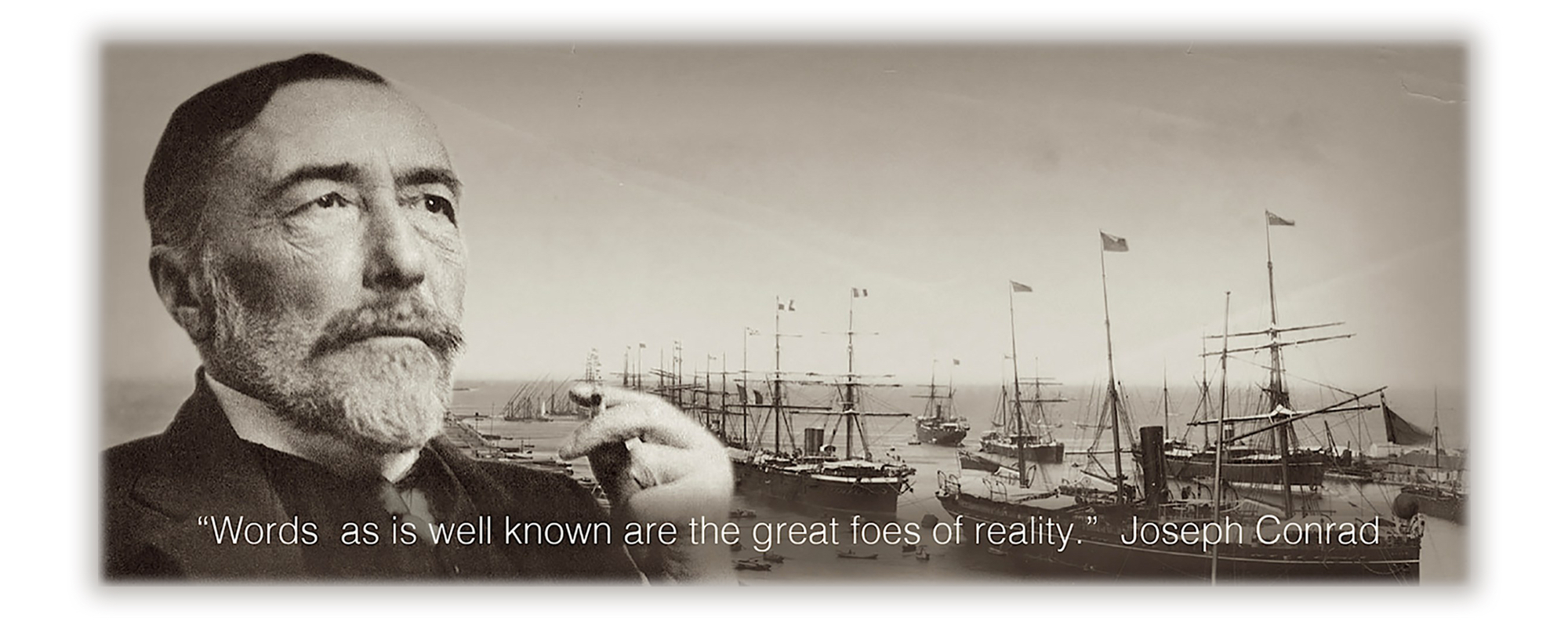A long time ago I had opportunities to produce and direct a number of motion pictures. They weren’t big or famous movies, but the work showed promise. It was like being a baseball pitcher in the minor leagues. The rewards were small but at least one was in the game.
The art of cinema is above all a medium for story telling. It is a collaborative art form involving skilled and motivated individuals who work in concert to create, at best, appealing experiences for potential audiences. Filmmaking is considered by many to be the ultimate art form. It involves all other art forms in exquisite aggregates of linguistics & theater, music & architecture, spectacle & illusion… and the list goes on. Producing a movie is also expensive, which adds dimensions of banking and commerce to every serious undertaking.

Having worked on scores of projects over the years, I came to believe that finishing any film is a near-miraculous outcome. There are just so many things that can go sideways, as they often do. From the original screenwriting through development and financing, and then with the casting, costuming, set work, locations, lighting and principal photography, only then is the material ready for the crucible of editing. And as an old timer once told me, “the Editor can make or break a picture”.
Over the years, a phenomenon I came to understand is what I call the euphoria of the shoot. Whether on stages or at locations the rarified atmospherics of a working film crew is heady stuff. There’s an almost out-of-body sense of the all and everything that is happening while actually filming the “takes”. On an unconscious level, there is a sense that every shot is a rendering of a type of immortality to the moments that have just been filmed. This changes people. I’ve seen it. I’ve been seduced by it.
Reality can be sobering. After a day of shooting scenes the exposed film goes to the lab where it’s developed and printed. The day’s work is then screened the next morning for a few of the project’s principals. And many of the takes that seemed so perfect, even transcendent during the previous days shooting now appear ordinary, so-so, even dull. The letdown can be crushing.
Enter the Editor. Taking the raw footage, analyzing it with a composer’s imagination and then cutting it up into small pieces, the editor arranges selected clips into sequences that energize the visual narrative of a scene or a sequence. Then with the addition of sound effects and music, the results can seem as good or even better than it did during the shoot. This is a hell of an art form.
Ultimately, if all goes well, the finished film is screened for audiences. This brings yet another dimension of the experience of making a movie. No two audiences are alike. With each screening the collective nature of each audience is unique, once and nevermore. Where one audience may applaud, even hoot and holler over your film, the next audience will just sit quietly after the screening has ended.

Of course I speak of the state of the art of cinema as it existed a half Century ago, when I was starting out. Nowadays anyone with an idea, an iPhone and some gumption can shoot a movie, edit, mix and release it on YouTube, sometimes within the same day. And if they make the right film, they’ll have a million viewers by the next day. It is a whole new world now. But then as every artist knows or should know, in the end every work of art has a life of it’s own. We learn that we’re as much the custodians of our work as we are the creators. It is still a beautiful world.


August 3, 2022 @ 10:48 am
A well told story. Thanks
August 7, 2022 @ 12:30 pm
Ярославский гитарист